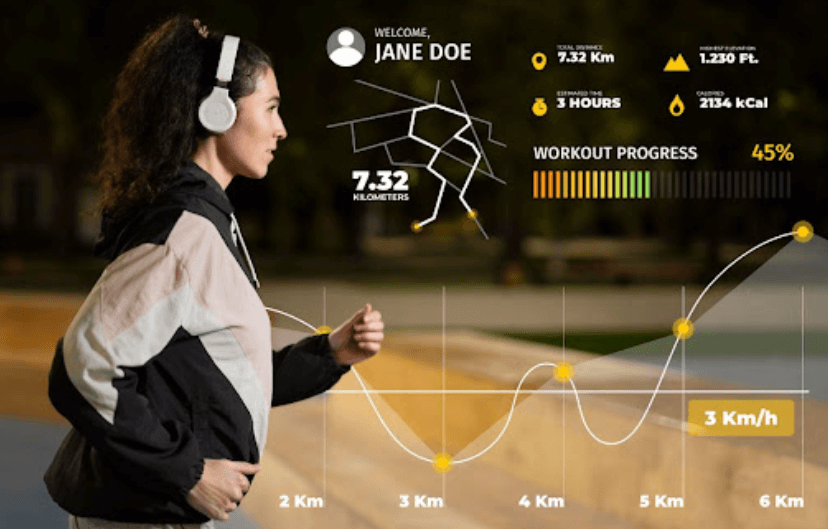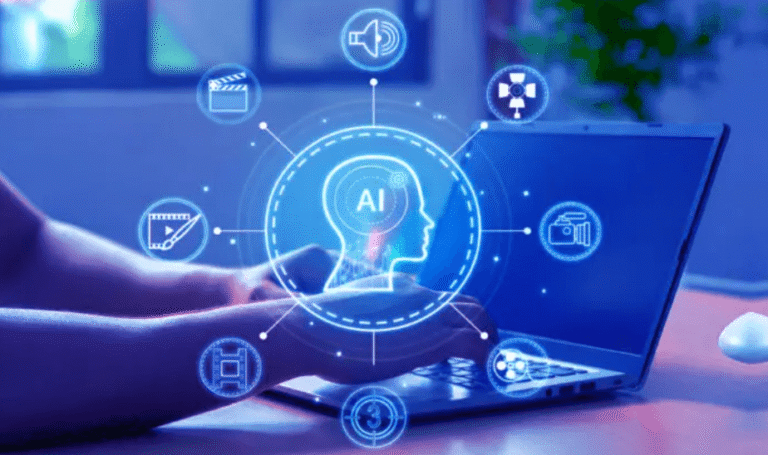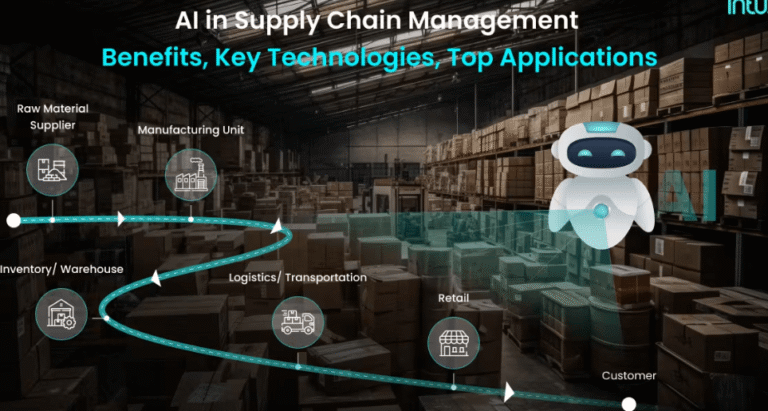AI and data analytics are fundamentally reshaping sports performance by providing precise metrics that inform training and competition strategies. Through the integration of wearable technology, athletes can receive real-time feedback on their performance. This data allows for the development of tailored training regimens that enhance both preparation and recovery. As teams increasingly rely on predictive analytics to refine game strategies, the implications for athlete development and competitive dynamics warrant further examination.
The Role of AI in Athlete Performance Analysis
As athletes strive for peak performance, the integration of artificial intelligence (AI) into performance analysis has emerged as a pivotal development in sports science.
AI systems analyze comprehensive performance metrics, enabling coaches to identify strengths and weaknesses.
Data-Driven Training Regimens: Enhancing Preparation
Utilizing data-driven training regimens significantly enhances athletes’ preparation by leveraging advanced analytics to tailor workouts to individual needs.
Wearable technology collects real-time performance metrics, enabling personalized coaching that optimizes training intensity and recovery strategies.
This approach not only fosters athlete autonomy but also ensures that training is adaptable, efficient, and aligned with each athlete’s unique physiological responses and performance goals.
Game Strategy Optimization Through Predictive Analytics
While traditional coaching often relies on intuition and experience, the integration of predictive analytics in sports has revolutionized game strategy optimization.
The Future of Sports: AI’s Impact on Talent Development
Although the future of sports is increasingly shaped by technological advancements, AI’s role in talent development stands out as a transformative force.
By revolutionizing talent scouting, AI enables organizations to analyze vast datasets, identifying promising athletes early in their careers.
This data-driven approach enhances youth development programs, tailoring training regimens to individual strengths and weaknesses, ultimately fostering a new generation of elite athletes prepared for competitive excellence.
Conclusion
In conclusion, the integration of AI and data analytics into sports performance is nothing short of a revolution, propelling athletes and teams to unprecedented heights. By harnessing real-time metrics and predictive models, coaches can craft meticulously tailored training regimens and strategic game plans that optimize every facet of performance. As this technological evolution continues, it promises to redefine the landscape of talent development, ensuring that the athletes of tomorrow will be more prepared and capable than ever before.



